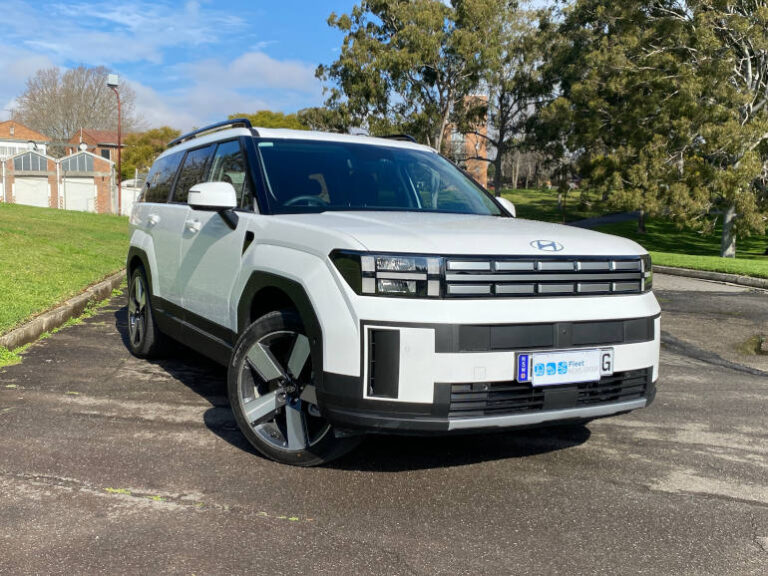After a recent 10-day stint behind the wheel of the new Hyundai Santa Fe Calligraphy—Hyundai’s top-spec luxury SUV—it’s safe to say one major update stood out more than the plush interior or the commanding road presence. It was the way Hyundai has completely revamped its Advanced Driver Assistance Systems (ADAS) notifications. And for once, that’s not a complaint—quite the opposite.
For anyone who’s previously driven a Hyundai (especially the latest versions of the Kona), the overly enthusiastic ADAS beeping and bleeping would be hard to forget. Designed to meet stricter ANCAP safety requirements that demanded constant driver monitoring and distraction alerts, the system ticked the box on paper—but in practice, it was more annoying than helpful. Think ear-piercing beeps that didn’t seem to stop, warning you about the smallest infractions, and even mid-drive adjustments couldn’t silence it for good. Every time you restarted the car, the alerts came back like a bad sequel.
Fleet managers weren’t thrilled either. While everyone appreciated the safety-first ethos, many drivers ended up disabling the alerts altogether—either through the settings or via steering wheel shortcuts—undermining the very policies that had earned the car its five-star safety rating.
But now? The 2025 Hyundai Santa Fe feels like a mature evolution of that tech. Hyundai has clearly taken feedback on board and done something about it.
From the moment you slip into the Calligraphy trim’s high-end cabin, you feel the premium vibes—leather-wrapped everything, dual digital screens, ambient lighting, and an ultra-smooth ride. But it takes a couple of days of driving to notice what’s not there. The angry orchestra of alerts has been toned right down. It still nudges you when you drift lanes or stray over the speed limit, but the tone is softer, the volume lower, and it no longer feels like being scolded by a robot.
Think gentle reminder, not disciplinary shout. It’s a subtle beep, more like a tap on the shoulder than a slap in the face. The change in pitch and volume transforms the experience from “How do I turn this thing off?” to “Thanks for the heads-up.”
Even in school zones—where speed alerts used to drive drivers to distraction—the Santa Fe’s new system now recognises the context better. It still notifies you, but it doesn’t nag. It lets you know, then gets on with the job quietly.
The real magic is that drivers are now less likely to switch the system off altogether. That means fleets can breathe a little easier, knowing that the tech they paid for is doing its job in the background, supporting safe driving without interfering with it.
And that’s a huge win—not just for Hyundai, but for anyone considering a novated lease or looking for a safe, sophisticated SUV that works seamlessly in daily life. Whether it’s the school run, weekend sport, or an intercity road trip, the Santa Fe now delivers a driving experience that keeps drivers protected and happy.
If your organisation prioritises five-star ANCAP safety ratings but has previously faced driver pushback on ADAS intrusiveness, it’s time to revisit Hyundai. The Santa Fe shows what’s possible when a carmaker listens, adapts, and innovates—not just in big showy ways, but in the subtle tweaks that make every day behind the wheel better.
For novated lease buyers, this is a great fit-for-purpose choice—combining luxury, space, and the peace of mind of smarter, quieter safety tech. And for fleet managers? It’s one less complaint in the inbox, and one more tick in the compliance box.
Nice work, Hyundai. This might just be the most polite ADAS system on Australian roads.






